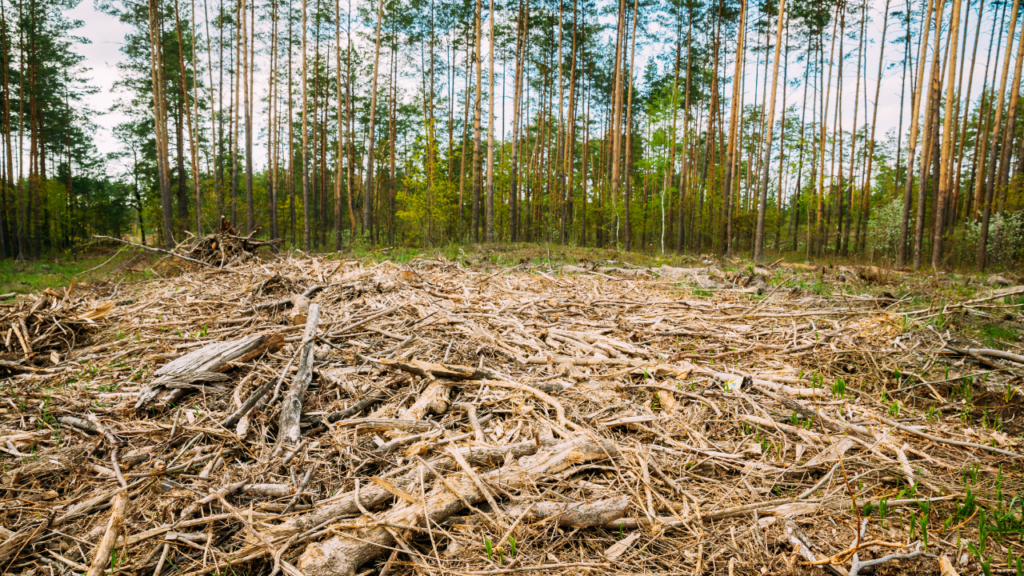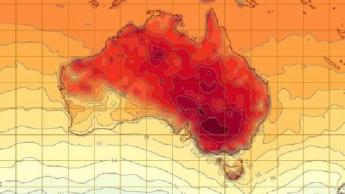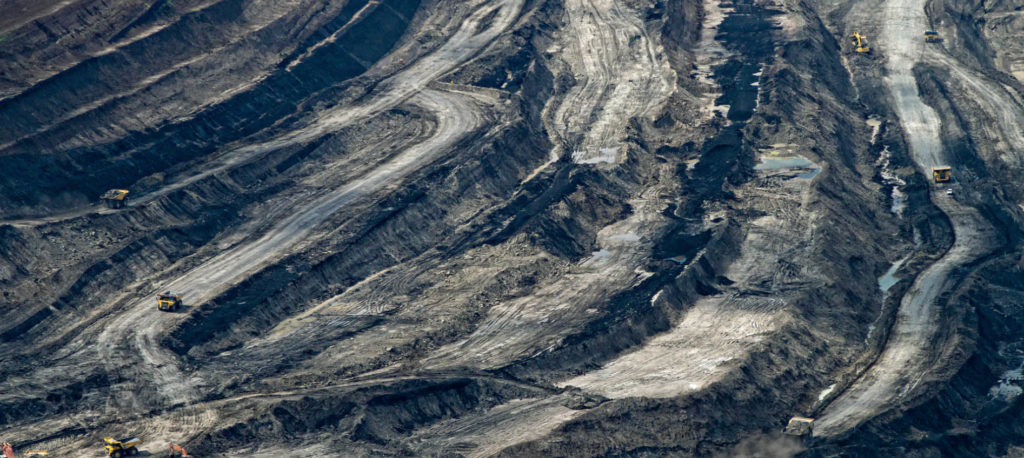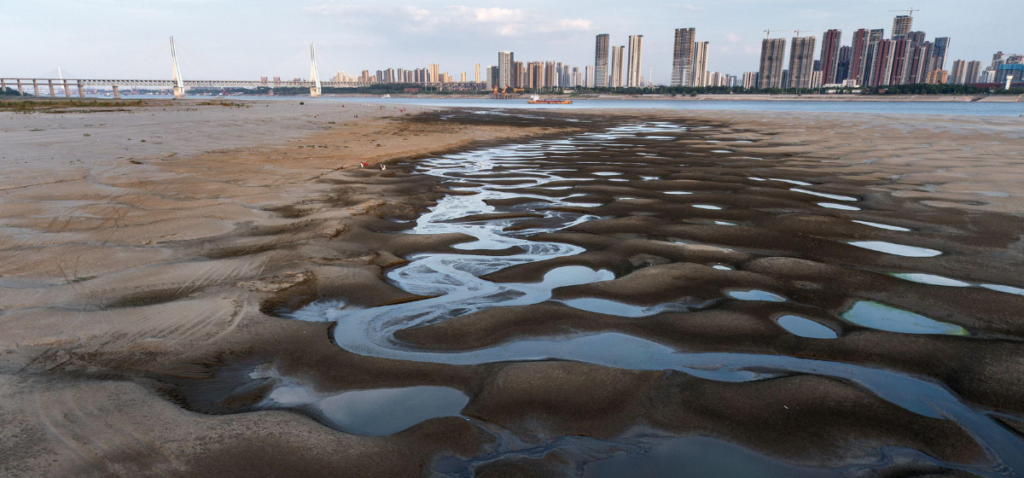Every Australian state and territory has been hit with heatwaves over the past week. In fact, Australia was home to all 15 of the world’s hottest temperatures on Tuesday January 15.
Five of the hottest ten days on record for maximum temperatures across Australia occurred on January 12, 13, 14, 15 and 16, according to the Bureau of Meteorology.
The direct dangers of heatwaves
Heatwaves adversely affect human health in a variety of ways. The elderly, children and people with pre-existing illnesses are most vulnerable, but during severe and extreme heatwaves everyone is at risk.
Hospitals across New South Wales are currently bracing for a 14% rise in emergency room admissions and a 13% rise in mortality due to this heatwave, following a similar rise in mortality and morbidity during a heatwave in 2011.
 Image Credit: ‘Emergency’ by Flickr user eGuide Travel licensed under CC BY-2.0
Image Credit: ‘Emergency’ by Flickr user eGuide Travel licensed under CC BY-2.0
Extreme heat can cause heat stroke or dehydration, which occurs when the body gets so hot it can’t regulate its core temperature. Heatwaves can also cause a range of respiratory and cardiovascular diseases including heart disease and acute asthma, or can worsen a range of existing medical conditions among vulnerable people.
As climate change continues to intensify and heatwaves become more intense and last longer than ever before, their associated health impacts will also increase.
Three out of four people across the globe could be exposed to at least 20 days per year of heat and humidity associated with deadly heatwaves by 2100, if greenhouse gas emissions continue to rise at current rates¹.
The indirect dangers of heatwaves
Heatwaves also affect air quality.
Ground level ozone is a pollutant that is harmful to human health, and is formed through the reaction between exhaust fumes from cars (and other pollutants) and sunlight on hot, still days, especially during heatwaves.
Ground level ozone can cause throat and eye irritation, respiratory and cardiovascular diseases and premature death. Even at low levels, exposure to ground level ozone increases the risk of mortality. In 2007, ozone was responsible for 160 premature deaths and 760 respiratory hospital admissions in Sydney².
 Image: Unsplash
Image: Unsplash
Ozone is one of six air pollutants that is monitored across Australia, with national standards set for levels above which exposure is unsafe. During the current heatwave, ozone levels in western Sydney have exceeded these national health standards on a number of occasions. For example, on Wednesday January 16, the safe ozone level was exceeded four times in Richmond, three times in St Mary’s and twice in Prospect and Oakdale.
The number of premature deaths associated with ozone exposure is projected to increase in Sydney in the future due to climate change³. The largest increases in ozone are projected to occur in western Sydney due to wind patterns and how they interact with Sydney’s topography, which can cause pollutants to be transported to, and pool, in certain areas.
What to do when an ozone alert is issued
If you have asthma or chronic obstructive pulmonary disease, stay indoors if possible. Reduce strenuous exercises and keep your puffer at hand.
Remember, children, older people and people with pre-existing illnesses are most vulnerable.
For more information on heatwaves and climate change, check out “The Silent Killer: Climate change and the health impacts of extreme heat”.
References:
¹ Mora C, Dousset B, Caldwell IR, Powell FE, Geronimo RC, Bielecki CR, Counsell CWW, Dietrich BS, Johnston ET, Louis LV, Lucas MP, Mckenzie MM, Shea AG; Tseng H, Giambelluca TW, Leon LR, Hawkins E, Trauernicht C (2017) Global Risk of Deadly Heat, Nature Climate Change, 7: 501–506.
² Broome RA, Fann N, Cristina TJN, Fulcher C, Duc H and Morgan GG (2015) The health benefits of reducing air pollution in Sydney, Australian Environmental Research, 143: 19–25.
³ Physick W, Cope M and Lee S (2014) The impact of climate change on ozone-related mortality in Sydney, International Journal of Environmental Research and Public Health, 11: 1034–48.









